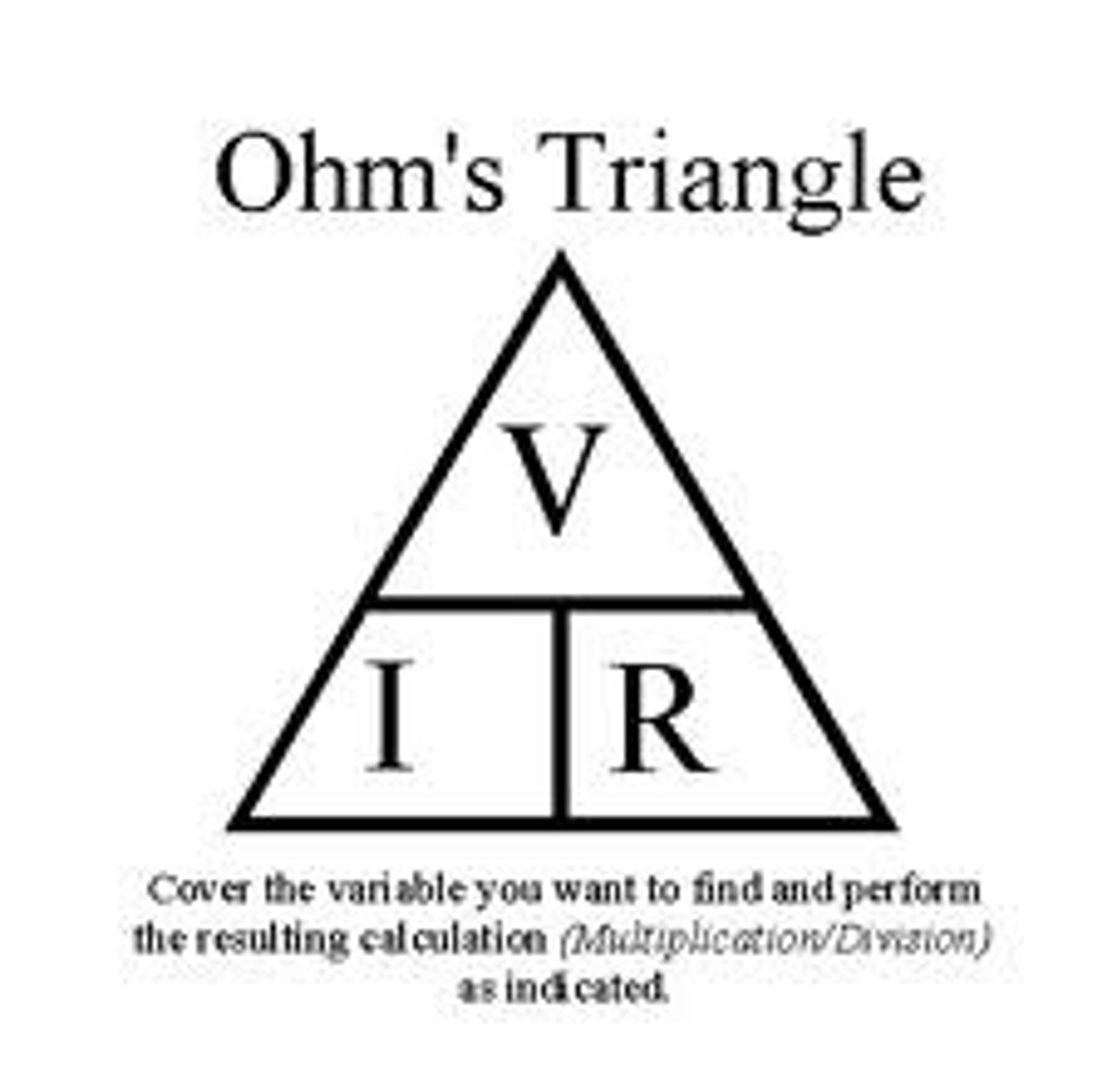Definitions of Working Scientifically Skills
1/34
There's no tags or description
Looks like no tags are added yet.
Name | Mastery | Learn | Test | Matching | Spaced |
|---|
No study sessions yet.
35 Terms
controlled variable
A variable that is kept constant (or changed in constant ways) during an investigation.
dependent variable
The factor in an experiment that changes in response to changes to the independent variable; conventionally plotted on the vertical (y) axis of a graph.
extrapolate/extrapolation
Occurs when the fitted model such as a line of best fit is used to make predictions using values that are outside the range of the original data upon which the fitted model was based.
first-hand (data)
Information or data which has been directly observed or measured.
independent variable
The variable that is deliberately changed, often through a series of pre-set values.
interpolate/interpolation
Making predictions between known data values. For example, working between 2 known points on a graph to predict a value in between these points.
qualitative
To use descriptive explanations involving features, characteristics or properties to identify important components. Data and information that is not numerical in nature.
quantitative
Data or components that can be expressed or measured numerically, including chemical formulae or numbers.
reliability
An extent to which repeated observations and/or measurements taken under identical circumstances will yield similar results.
risk (assessment)
The determination of quantitative or qualitative estimate of risk related to a well-defined situation and a recognised threat (also called hazard).
validity
The extent to which the processes and resultant data measure what was intended.
variable
A factor that can be changed, kept the same or measured in an investigation.
current
The rate of the flow of charges, measured in Amperes (A)
Power
The measure of how much energy is used per second, measured in Watts or Joules/s
Voltage
The amount of electrical potential energy that 'pushes' the charges around a circuit, measured in Volts (V)
Resistance
How much a substance impedes the flow of charge, measured in Ohms
Parallel Circuit
Type of circuit where there is more than one pathway for the charges to flow
Series Circuit
Type of circuit where there is only one path for the charges to flow
Rheostat
Another name for a variable resistor
Ammeter
Measures current in a series circuit
Voltmeter
Measures potential difference/voltage in a parallel circuit
Battery
Converts chemical potential energy to electrical potential energy, creating a direct current (DC)
Fuse
A device that burns out when the current gets too high in order to protect connected devices
Alternating Current (AC)
Type of current where the electrons oscillate back and forth
Direct Current (DC)
Type of current where the electrons only flow in one direction
Transformer Rectifier
Commonly known as a power pack, can transform voltages and rectify AC to DC
Efficiency
The ratio of the energy output to the energy input usually expressed as a percentage
Alternate Energy
energy derived from sources that do not use up natural resources or harm the environment
Electricity Formulas: Ohms Triangle

Total Resistance in Series Curcuits
Rt = R1 + R2 + R3
Total Current in Series Curcuits
The total current has to stay the same as it is the flow of electrons. I1=I2=I3 . . .
Total Voltage in Series Curcuits
There is a drop in potential across each resistor that adds together to equal the original voltage of the battery. Vt = V1 + V2 + V3
Total Resistance in Parallel Circuits
1/Rt = 1/R1 + 1/R2 + 1/R3
Invert to find the total resistance at the end
Total Current in Parallel Circuits
It = I1 + I2 + I3
Total Potential Difference in Parallel Circuits
Vt = V1 = V2 = V3